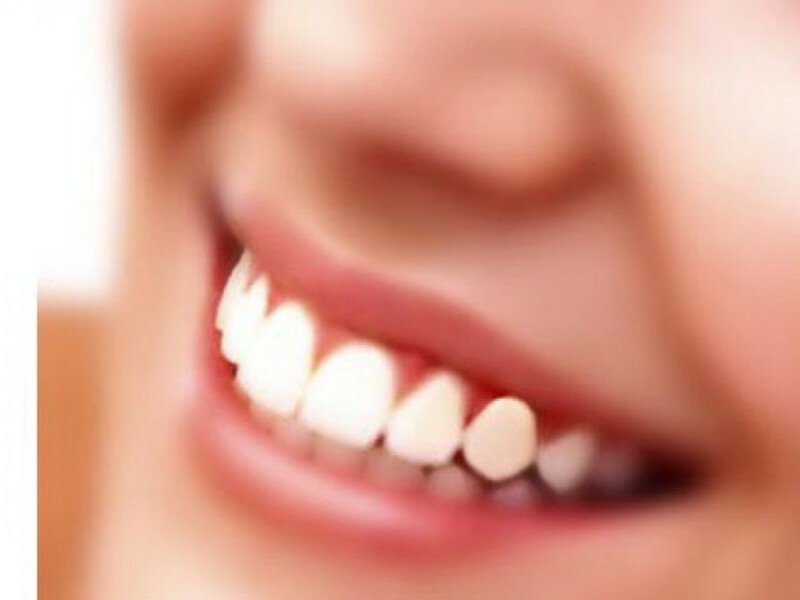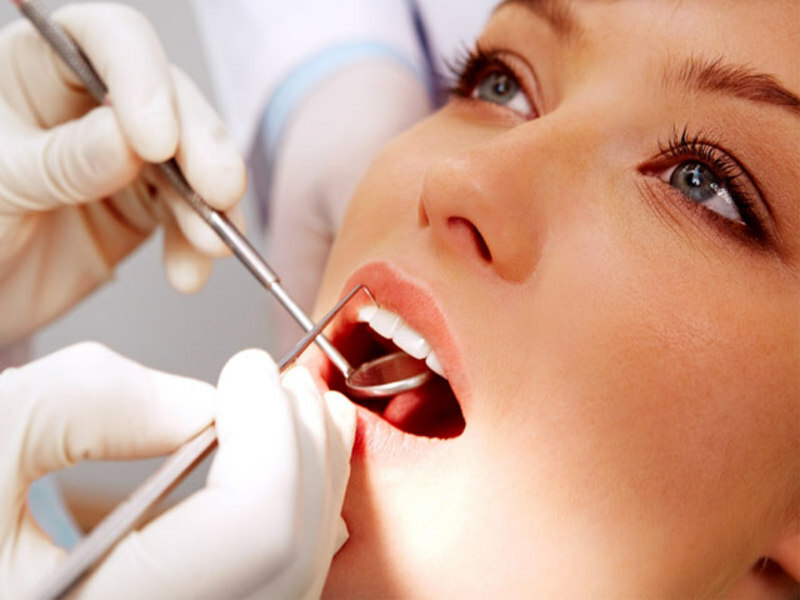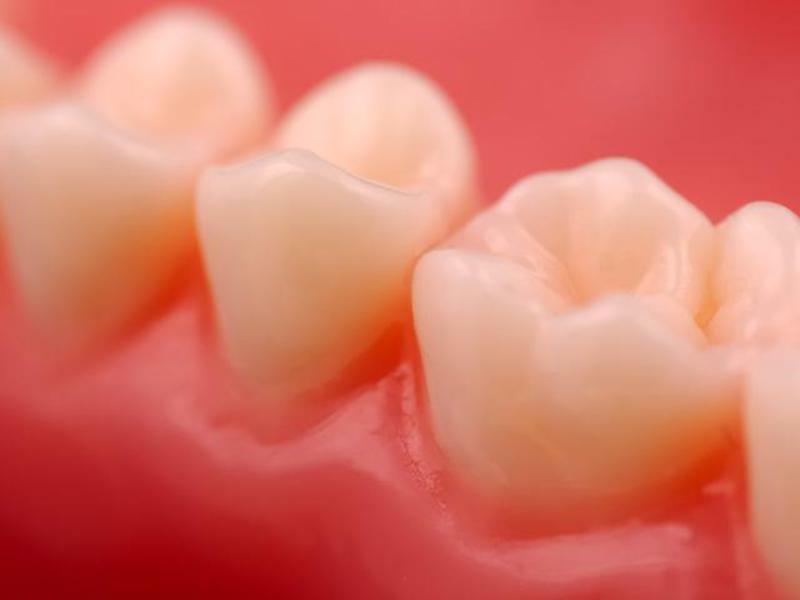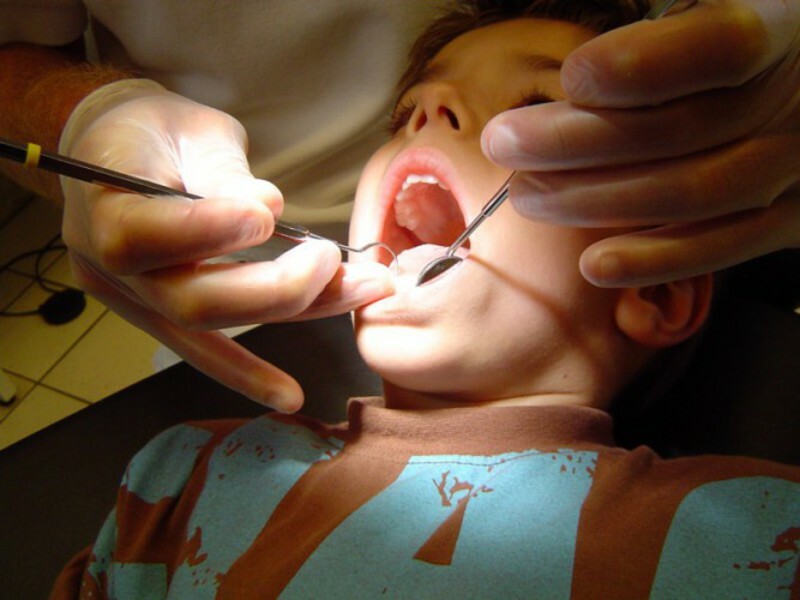Alveolitis after tooth extraction: forms of the disease, symptoms, methods of treatment and prevention of the disease
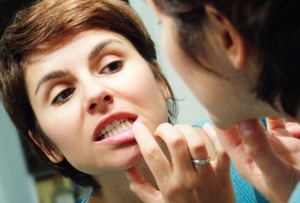 Removal of the tooth is considered a rather complicated operation, which sometimes leads to complications.So, most often there is an alveolitis.It is about inflammation of the walls of the hole where the tooth was removed.It is necessary to remember the possible symptoms of this disease in order to start treatment in time.
Removal of the tooth is considered a rather complicated operation, which sometimes leads to complications.So, most often there is an alveolitis.It is about inflammation of the walls of the hole where the tooth was removed.It is necessary to remember the possible symptoms of this disease in order to start treatment in time.
Reasons
- In most cases, the alveolitis appears due to injury to the walls of the well.They are quite thin, so with careless handling, you can damage or completely break them.In addition, with the destruction of bone tissue debris can enter the wound, which will cause infection.The risk of the alveolitis is significantly increased when the wisdom tooth is removed.
- A frequent cause of the disease is considered insufficiency of the sterility of the tooth, gums, and soft tissue.It is worth noting that even with the use of serious antiseptics, it is not possible to achieve absolute sterility.This is because the removal of the tooth is often prescribed in the presence of purulent complications.
- When immunodeficiency is weakened, the body can not cope with bacteria even when taking antibiotics.For this reason, it is not recommended to remove the teeth in acute infections of the mouth and nasopharynx, as well as in exacerbation of chronic diseases.After the removal procedure, contact with patients who have angina, colds or other contagious diseases should be avoided.Moreover, in some cases, a preventive course of antibiotics is prescribed.This applies to elderly people, patients with diabetes, oncological diseases and AIDS.
- After removal of the tooth in the hole a blood clot of is formed.If this does not happen, there will remain particles of food, which will lead to the multiplication of microorganisms that cause the alveolitis.Therefore, before the operation it is necessary to check the coagulability of the blood, and also to alert the dentist-surgeon that you are taking warfarin, aspirin or anticoagulants.
- Another reason for the alveolitis is a disparaging attitude towards one's own health.So, some patients after removal do not follow the doctor's recommendations.They do not rinse their mouth, use toothpicks and check with their fingers, whether the site heals.
Main symptoms
As a rule, at the initial stage the alveolitis is almost invisible, but it gradually progresses, that is, it spreads in width and depth.The first symptoms are observed in 2-3 days and after the extraction of the tooth.
-
 First, a slight aching pain is noted during meals.Over time, it grows and acquires a shooting character.An unpleasant sensation arises near the socket, but gradually the pain grasps almost the entire jaw and gives in the temple and ear.
First, a slight aching pain is noted during meals.Over time, it grows and acquires a shooting character.An unpleasant sensation arises near the socket, but gradually the pain grasps almost the entire jaw and gives in the temple and ear. - The patient may feel discomfort when opening the mouth.
- Body temperature usually remains normal, but with active development of the alveolitis it rises to 38-39º C.
- As a rule, pronounced intoxication is observed.It can be an uninterrupted headache, aches in muscles and joints, and also drawing pains.Patients complain of a broken condition and fatigue.
- Soft tissues swell , and the gum itself swells and turns red, which can be seen in the photo.If at this stage do not start treatment for the alveolitis, then the affected area will get a cyanotic shade.In a neglected case necrosis is not excluded.
- An important sign is the complete or partial absence of a thrombus in the well.
- Recognize the presence of alveolitis will help osteomyelitis, a symptom of which is a purulent focus in the bone.
Forms of the disease
- Serous alveolitis is manifested by persistent aching pains that increase during the absorption of food.In general, the state of the body is satisfactory, and the temperature does not increase.When you carefully examine the oral cavity, you can see the lack or insufficient amount of blood clot in the hole.Remains of food are also visible here.Serous form develops within 3 days after tooth extraction.If you do not begin treatment within a week, complications will appear.
- Purulent alveolitis is characterized by severe pain, an unpleasant putrefactive odor, weakness, an increase in body temperature to 38º C, pallor of the skin.Because of pain, it is difficult for a patient to eat.Soft tissues gradually swell, while asymmetry of the face is observed.Lymph nodes often increase.On examination, there is a noticeable plaque of gray shade and hyperemia, and when palpating the patient complains of pain.
- Chronic purulent alveolitis is characterized by a reduction in inflammation and partial stabilization of the patient's condition.If you carefully examine the oral cavity, you can see the proliferation of soft tissues near the damaged hole.In addition, small crevices appear between the tissues and the bone wall.Out of the hole comes pus, and the mucous membrane swells and can become cyanotic.
Diagnosis
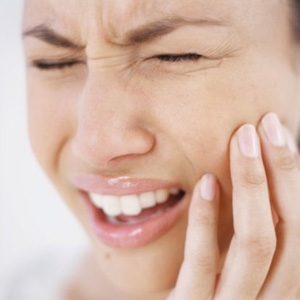 Determine the presence of alveolitis at home.This disease is indicated by pain in the area of the hole, fever, redness and swelling, as well as general weakness.
Determine the presence of alveolitis at home.This disease is indicated by pain in the area of the hole, fever, redness and swelling, as well as general weakness.
Upon careful examination, the dentist will diagnose and select the drugs, and also prescribe the appropriate procedures.To clarify the diagnosis, you need to take a blood test.
For the diagnosis of the house, you can use a thermal imager, which measures the temperature of individual parts of the body, namely in the mouth where the tooth was removed.
Treatment
Treatment of the alveolitis begins immediately after the detection of the first signs.
Conservative treatment of
Most dentists opt for conservative therapy, which involves taking antibiotics, NVPs, and antiseptics.
When choosing an antibiotic, it is necessary to start from the fact that the active substance must quickly penetrate into soft tissues, as well as bones.Such requirements are met by the following drugs: josamycin, sumamed, levofloxacin, sparfloxacin, lincomycin and amikacin.
Antiseptics are used to rinse the mouth and immediately flush the well.It can be chlorhexidine, corsody, furacilin, stomatidin or hexoral.
Anti-inflammatory drugs are prescribed to relieve pain.It is best to give preference to ibuprofen, voltaren, diclofenac or ketorol.If taking such medication lasts for several days, then it is necessary to take additional omeprazole.
Since the pain in alveolitis is a result of constant irritation of the trigeminal nerve, specialists prescribe finlepsin.This drug fights with pain is of neurological origin.
local anesthetics are often prescribed.This is the use of lidocaine or novocaine.
Surgical intervention
In advanced cases, surgical treatment of the alveolitis is recommended.An experienced specialist conducts thorough cleaning of the socket and soft tissues from food debris, necrotic layers, and also pus.
Prevention
To avoid the formation of alveolitis and possible complications, the following recommendations should be followed:
-
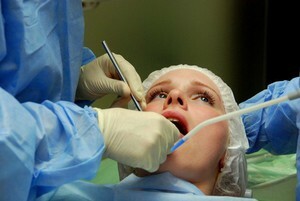 Approach to choose a dentist-surgeon very responsibly.Before you remove the tooth, tell him about those medicines that you constantly take or drink the other day.
Approach to choose a dentist-surgeon very responsibly.Before you remove the tooth, tell him about those medicines that you constantly take or drink the other day. - Before the removal procedure, you should thoroughly brush your teeth and rinse your mouth.
- After the operation during the day you should not drink alcohol and fizzy drinks.It should be carefully eaten so that it does not get into the hole.
- Solid food and nuts are banned in the postoperative period.
- After removal of the tooth during the day, it is necessary to apply a cold compress to the jaw.
- To avoid the alveolitis, care must be taken to ensure that a thrombus is formed at the site of the removed tooth after the operation.It is important to carefully blow your nose and sneeze.
-
 The cotton swab is removed from the well 30 minutes after the operation.If blood clotting is impaired, the tampon is left in place of the removed tooth for an hour.
The cotton swab is removed from the well 30 minutes after the operation.If blood clotting is impaired, the tampon is left in place of the removed tooth for an hour. - To avoid bleeding, you must abandon the hot tub and physical exertion.Also, you need to make sure that the pressure does not increase.
- The site where the tooth was removed should not be touched by the tongue or any hard objects.
- After the procedure, you can not smoke, because when you suck in air, a blood clot can come off.
- To clean the teeth is allowed only the next day after the operation.
To avoid possible complications, must adhere to all the recommendations of in the postoperative period.If there are unpleasant symptoms, you should immediately call your doctor to start treatment of the alveolitis in a timely manner.


